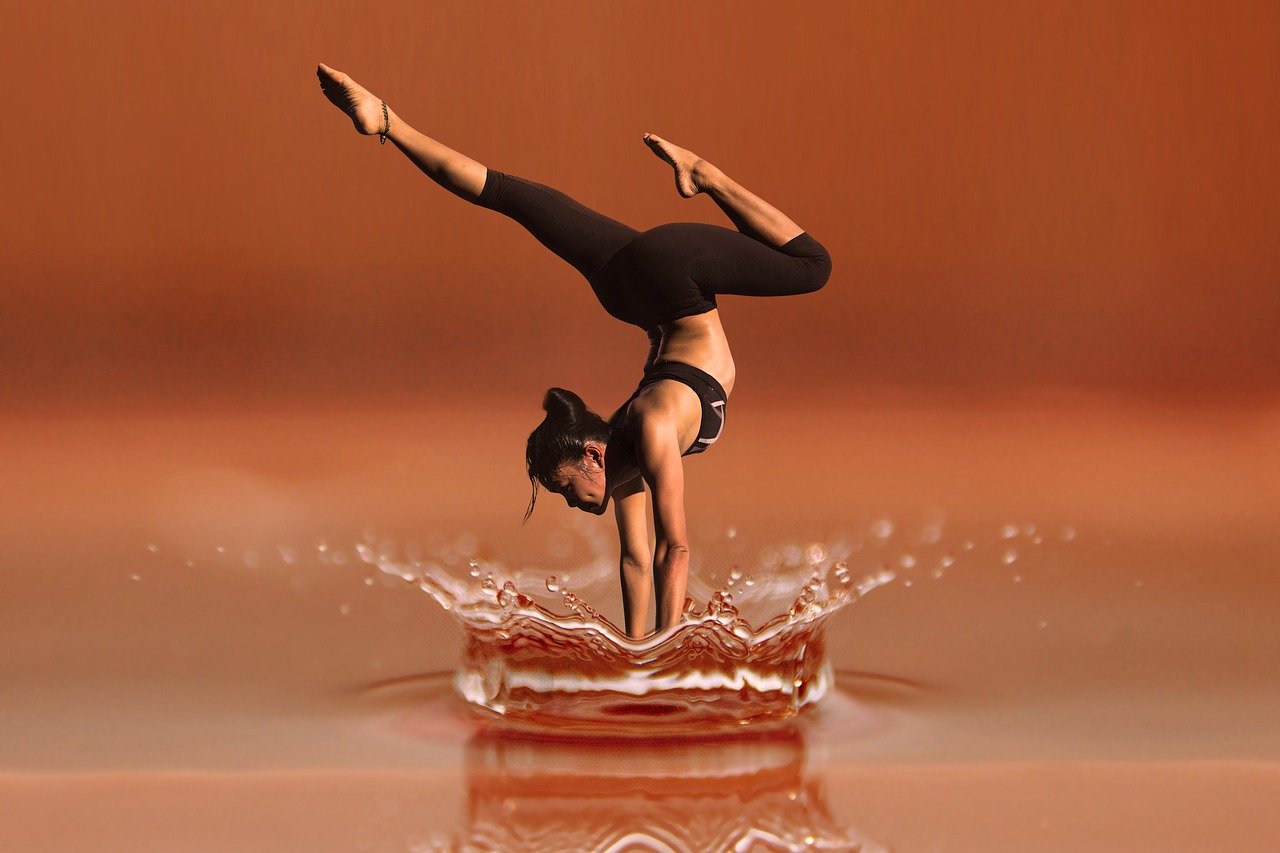
Alternative therapies are sometimes called complementary therapies because they can be used in tandem with conventional medicine. While many alternative therapies are obvious, there will be some methods that many people will have never thought to consider. For example, the use of medical marijuana (you can look into this weed delivery nyc service to learn more) can help to treat anything from immediate pain, to stress and depression, and should be something worth trying if nothing else works.
Of course, regardless of the alternative therapy that you try, they should only be pursued after checking with your primary care physician. Many, if not all, of the alternative therapies we’ll cover have roots in ancient cultures. Even Wim Hoff’s breathing exercises are based on the ancient practice of Pranayama yoga. So if you’re looking to add a little ancient wisdom to your life, consider one of these six alternative therapies.
Acupuncture
The first thing you should know about acupuncture is that it’s a good idea to arrange to have someone drive you home afterward. Acupuncture can make you feel so relaxed that you might not be able to focus on driving. This alternative therapy is a component of Traditional Chinese Medicine (TCM), which we’ll talk about below, and it is typically used to treat pain. Other benefits of acupuncture may be overall wellness and stress management. Your well-trained acupuncturist will insert extremely thin needles through your skin at specific points on the body, balancing the flow of energy, or qi (pronounced “chi”).
Traditional Chinese Medicine (TCM)
TCM includes the use of herbs, acupuncture, and exercises like tai chi and qi gong to help heal and promote wellness. It’s considered an ancient art, although the lack of regulation has raised concerns about contaminated medicines, manufacturing errors, and drug interactions. Some of the herbs used in TCM include acai, aloe vera, Asian ginseng, cat’s claw, cinnamon, dandelion, elderberry, fenugreek, flaxseed, garlic, ginger, ginkgo, goldenseal, kava, lavender, licorice root, peppermint oil, Rhodiola, sage, St. John’s Wort, tea tree oil, turmeric, and Yohimbe. As with any alternative therapy, you should consult with your physician before proceeding.
Aromatherapy
Aromatherapy can be as simple as taking a bath with a few drops of essential oils. Another popular method is to use a room diffuser. The aromatic properties of these essential oils have been said to help provide better sleep, better stress management, pain relief (including headaches and PMS symptoms), and an improved mood. The use of the aromatic properties of herbs has been around since the days of ancient Egypt. Herbs, in general, have been used for healing and wellness by practitioners in ancient India, China, Greece, and Rome.
Ayurveda
Ayurveda, or Ayurvedic medicine, is another ancient healing system, this time with roots in India. Treatments have historically been derived from:
- Plants: seeds, fruits, barks, and roots
- Animal products: bones, milk, and organs
- Minerals: Arsenic, sulfur, lead, gold, and copper sulfate
- Fermented beverages
- Opium
- Cannabis indica
Recent studies show that over half of people in India use Ayurvedic medicine, whether in combination with Western medicine or on its own. Ayurveda seems to be becoming increasingly popular on the Western shores as well, with more people recognizing the amazing benefits that these plant therapies provide. With that said, keep in mind that there are different ways to consume the plant medicine offered by Ayurveda, specifically cannabis (THC & CBD), in both traditional and modern forms. Learning more about it before consumption, or consulting an experienced practitioner would be ideal before starting any form of treatment.
Western Herbal Medicine (WHM)
Western herbal medicine is a practice in which science and traditional knowledge are integrated. Typically, crude plant extracts (from barks, roots, and flowers) are formulated to treat dysfunction and disease. It has its roots in the indigenous practices of various cultures, including those of the British Isles.
Wim Hof Method
Wim Hof is a Dutch athlete known as The Iceman due to his feats of withstanding freezing temperatures. You’ll often see photos of him calmly sitting, shirtless, in the snow. The Wim Hof Method is primarily a series of breathing exercises that, in addition to helping one deal with cold water, is said to decrease inflammation and stress. You can learn the method from video courses on Wim’s website, through his books, or in an instructor-led class. Wim’s website claims that the method can help provide you with more energy, a boosted immune system, better sleep, better workout recovery, increased sports performance, and relief from autoimmune diseases, asthma, MS, Lyme disease, migraines, arthritis, and other physical ailments. His method is also said to help improve mental health, relieve stress, deal with depression, recover from burnout, improve cold tolerance, boost concentration, increase willpower, boost endorphins, and improve creativity.
